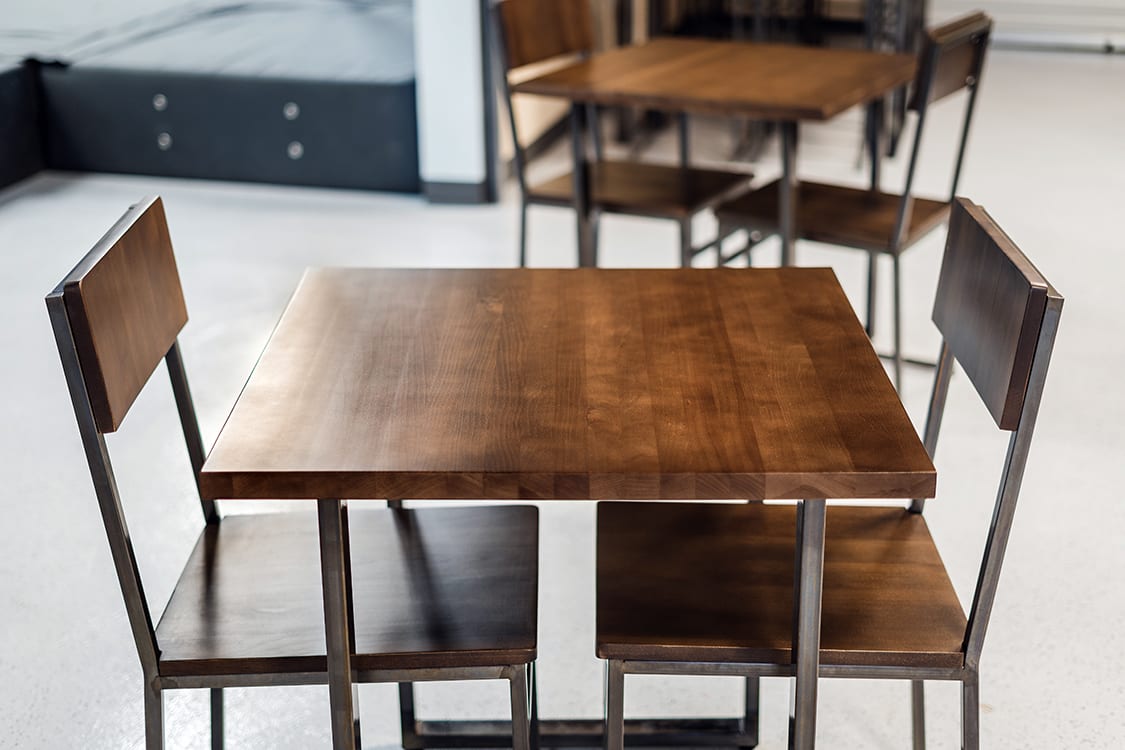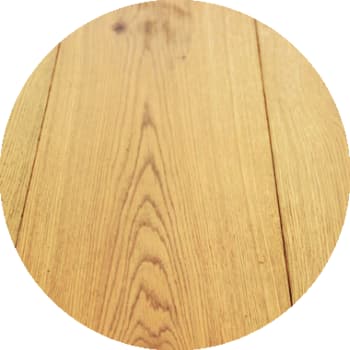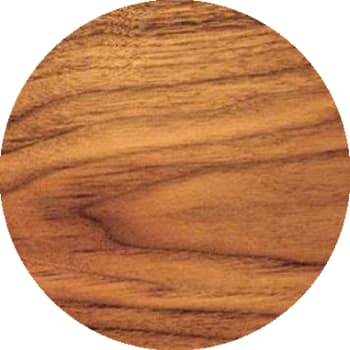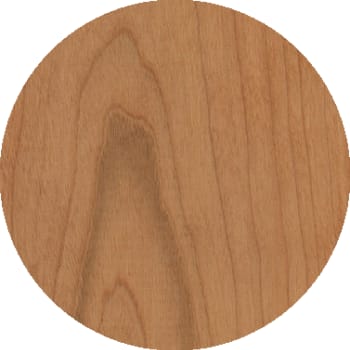Restaurant tables are one of the most important aspects of your restaurant. Your guests can’t sit down and eat if there are no tables for them to sit at. Fortunately, our solid wood table tops come in a variety of shapes, sizes, colors, and styles. Just as any furniture piece we sell, tables can be versatile. While you may want to select from the best kind of restaurant wood tables, you may not always know what to look for. Ultimately, you want to pick a wood table top that will work well with your concept and décor.
Maintenance and Sizes
Especially if you run high-traffic establishment, wood table tops that are resilient to the daily wears and tears that customers will put them through. Tables will inevitably get scratched, stained, scarred and chipped. Commercial grade coating can be used to protect the table top from extreme use. Some of our wood tables can be used in outdoor dining settings. You’ll need special materials and coatings so they can withstand the environmental stresses and weather changes.
Like most of our furniture, our restaurant table sets are not a one-size-fits-all. The size you select will depend on the type of restaurant you have and how much space your dining room needs. For instance, you may want more space between wood table tops in a fine dining settings than you would in casual eateries. Some of the most popular table sizes are: 30" x 30"; 24" x 30", 30" x 48" and 30" Round.
Types of Wood
The choice of wood you select for your restaurant table is determined by quality, aesthetics, application, material, design and cost. The architecture of a room or design of the table makes a notable difference. Wood for tables is broken down into two categories: Hardwood and softwood. Hardwood provides elegance to the table whereas softwood makes the table more rustic and economical. Softwood is lightweight and comes from coniferous trees and has lighter shades. Hardwood originates from deciduous trees and are comparatively darker in color.
Softwood is one of the most affordable wood species - Pine, Fir, and Cedar are a few examples. Beech, Oak, Cherry, Mahogany, Maple and Walnut are some of the most popular hardwoods. A dining table is typically the focal point of every restaurant so naturally you would be looking for a restaurant table that is mostly made of hardwood. Hardwood is commonly used in most commercial table tops because they are more resistant to years of wear and tear and therefore last longer.
Classification of Hardwood and Softwood
Whether the wood type is hardwood or softwood, it all boils down to its physical structure and makeup. It is overly simple to think softwoods as being soft and hardwoods being hard and durable. While that happens to be generally true, there are exceptions, especially in cases of wood from yew trees – a softwood with a hard texture – and wood from balsa trees – a hardwood that is even softer than softwood.
| Wood Type |
Definition |
Use |
Density |
Cost |
|---|
| Hardwood |
Comes from deciduous trees that are usually broad leaved. |
High quality (restaurant) furniture, flooring, decks and construction that needs to last. |
Has higher density than softwood. |
More expensive than softwood. |
| Softwood |
Comes from coniferous trees that usually have needles and cones. |
80% of timber comes from softwood. Has a wide range of applications and are found in building components, furniture, etc. |
Has lower density than hardwood. |
Less expensive than hardwood. |
Use of Different Hardwoods
Picking the color of the wood for your wood restaurant tables is the easiest part of the decision making process. Once you’ve already made that decision, you should consider a few other important elements so that you can make the best decision for your table.
The three most important factors to consider when buying the right wood table top are grain, durability and cost.
Durability is measured by the hardness of the wood through The Janka Hardness Test. This test measures the resistance of the wood to denting and wear. The higher the number on the scale is, the more durable and harder the wood is.
When considering the cost of your new wood table top, it’s important to know that the wood you are using is a solid hardwood that has been salvaged. Craftsmanship and quality of each table reflects on the cost and is indicative of the table’s longevity.
Woods for Restaurant Tables
All hardwoods are unique and beautiful in style and appearance. Each piece is crafted, stained and finished to express the character of your restaurant table and represent your venue’s concept. Solid wood restaurant furniture we sell has brought comfort, enjoyment as well as delivered commercial quality satisfaction to our customers for over a decade.
Maple
Maple is one of the hardest woods typically used for making high-use furniture and cabinetry. It is smooth to touch with a tighter grain than oak. This hardwood has a silky look and is more economically priced than other hardwoods. Has a dark stain but has a splotchy appearance when applied.
Brown maple is lightweight and absorbs colored stains well. Its smooth grain works nicely with contemporary furniture and décor pieces. Works nicely with modern furniture pieces and contemporary décor themes. Hard maple is denser, heavier and harder. Makes a bold and elegant statement in dining rooms.
Oak
Oak is hard and dense with a deep natural grain texture you can see and feel. It is known for having mesmerizing open grain markings.
This wood type is very practical and functional as it can withstand constant use. It is most often cut in a way that makes it resistant to warping and dents. A solid oak restaurant table is best for everyday use , especially at high-traffic family friendly venues.
Walnut
Walnut is a hardwood reputable for its strength. It features with bold flowing stains that make a big style statement for your table. Dark and light patterns give dining rooms a sophisticated look. This hardwood is crafted in furniture, but especially in restaurant tables, to look sleek and slim with clean lines and a straight cut design.
Walnut has recently gained popularity in more urban types of restaurant and café décor. Though walnut is slightly harder than maple, it is lighter than oak and is one of the most expensive types of wood.
Cherry
Cherry wood is featured in smooth and even patterns. This hardwood has soft lines of light curves with dark outlines. It has a smooth rich grain with small dark spots and flecks throughout the surface.
Cherry wood naturally darkens with exposure to light, especially when stained. Though lighter than other hardwoods, cherry wood table tops give warmth and elegance to any dining room.





































































